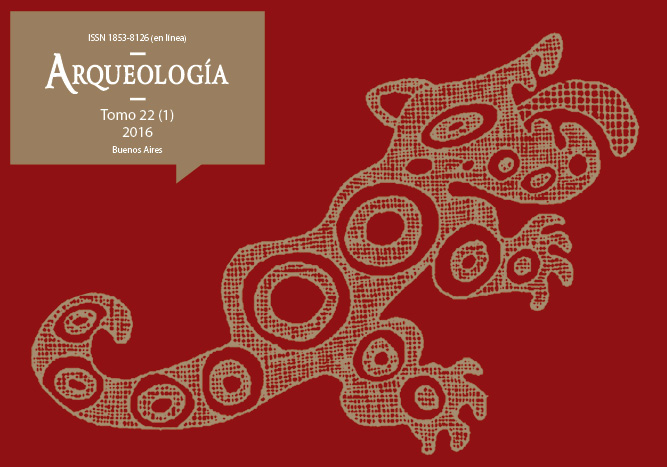Production and inca road logics in Northernmost Northwestern Argentina
Keywords:
Northwest Argentina, Inca road, Agricultural production, Inca economy, Salta and Jujuy
Abstract
The Inca road system has at least two longitudinal branches in northern Argentina entering the Puna (an altiplano-like landscape) in a north-south direction. Minor roads are found connecting the main roads with other environments and productive areas. The nature and chronology of the Inca conquest of Northwest Argentina is discussed regarding the agricultural development of the region and three “state farms” located in different environments are recognized: Casabindo in the Puna, Rodero-Coctaca in Quebrada de Humahuaca, and Nazareno-Rodeo Colorado in the eastern valleys of Salta. Casabindo was related to the maintenance of the nearby Inca road that connected Calahoyo with El Moreno, Nazareno was thought to support the mining activities in the surrounding areas while Rodero-Coctaca was supposed to supply the mining settlements in the eastern valleys of Jujuy, following the road that connected them to Quebrada de Humahuaca. In this way, some agricultural areas served the logistics of the Inca road while in other cases the road served the logistics of the productive areas.Downloads
Download data is not yet available.
How to Cite
Albeck, M. E. (1). Production and inca road logics in Northernmost Northwestern Argentina. Arqueología, 22(1), 61-79. https://doi.org/10.34096/arqueologia.t22.n1.2465
Section
Articles
Authors who publish in this journal agree to the following conditions:
- Authors retain copyright and yield to the journal right of first publication with the work registered with attribution license Creative Commons, which allows third parties to use the published always mentioning the authorship of the work and first publication in this magazine.
- Authors can make other independent and additional contractual arrangements for the non-exclusive distribution of the version of the article published in this issue (p. Eg., Inclusion in an institutional repository or publish it in a book), provided that clearly indicate that the work was published for the first time in this magazine.
- It allows and encourages the author / s to publish their work online (eg institutional or personal pages) before and during the process of revision and publication, as it can lead to productive exchanges and greater and more rapid dissemination of work published (See The Effect of Open Access).





(1)13.png)






1.jpg)
1.jpg)


13.png)
1.png)


(1)1.png)









